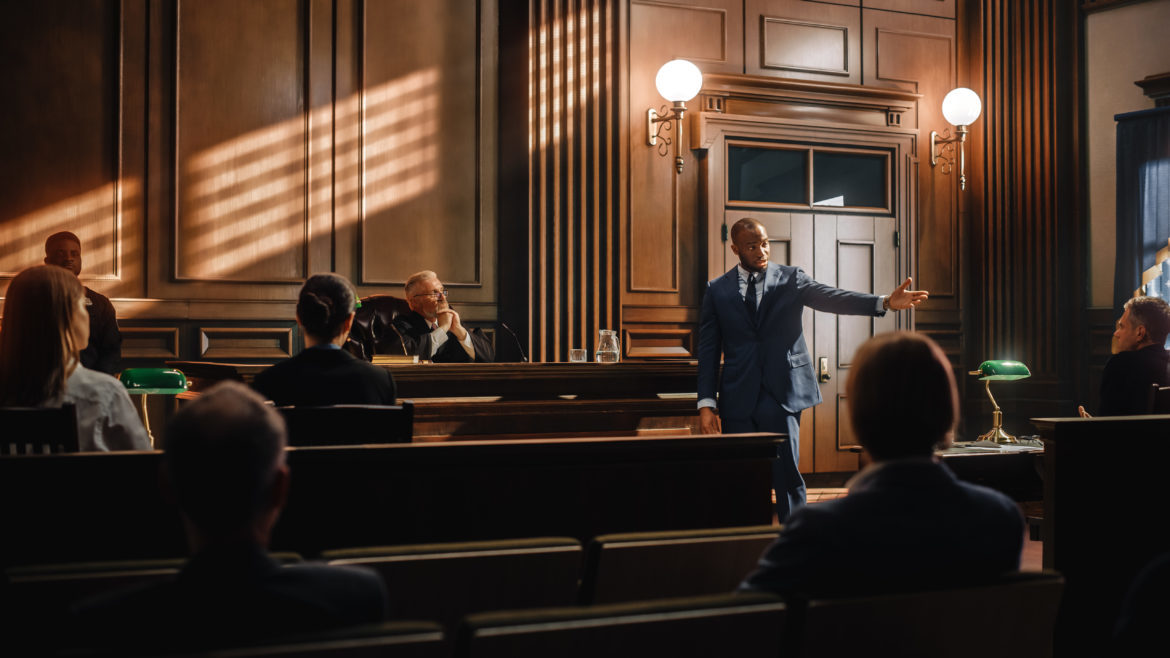Why Alex Jones’ Team Should Have Used CloudNine Analyst
By Julia Romero Peter, Esq.
It would be easy to launch into a discourse on all the conspiracy theories regarding the Alex Jones January 6th case. Alas, no conspiracies here – just facts about data and how to review modern data such as text messages effectively.
The lawsuit was brought by the parents of a victim in the Sandy Hook shooting against Alex Jones for defamation seeking $150 million in damages from Jones and his media company Free Speech Systems for falsely claiming the 2012 massacre was a hoax. The attorney for Jones accidentally produced an entire digital copy of Jones’ cellular phone containing two years’ worth of text messages. While on the stand, Jones was presented with text messages from his phone which showed he withheld evidence in the defamation case. Jones previously claimed that he had searched his phone for texts about the Sandy Hook cases but found none. Could this have been avoided?
Yes, Jones’ attorney should never have produced an entire copy of a phone. There is nothing wrong with producing digital communications in native format. In fact, that approach saves money. But before producing any communication, it should be reviewed.
So how can you effectively review two years of text messages? Traditional eDiscovery platforms are not up to the task because they treat every communication as a document and do not allow you to triangulate conversations. CloudNine Analyst allows you to review the native data across actors or custodians, globally deduplicate, and create timelines of communications across devices, applications, and actors. You can load text messaging and more form devices and review it and produce relevant text.
Attorneys cannot hide behind a lack of understanding of technology or a crawl-back agreement. Just like you cannot “unring” a bell, you cannot lie about evidence existing, inadvertently produce it, and then claw it back. You cannot unsee evidence of lying under oath.

